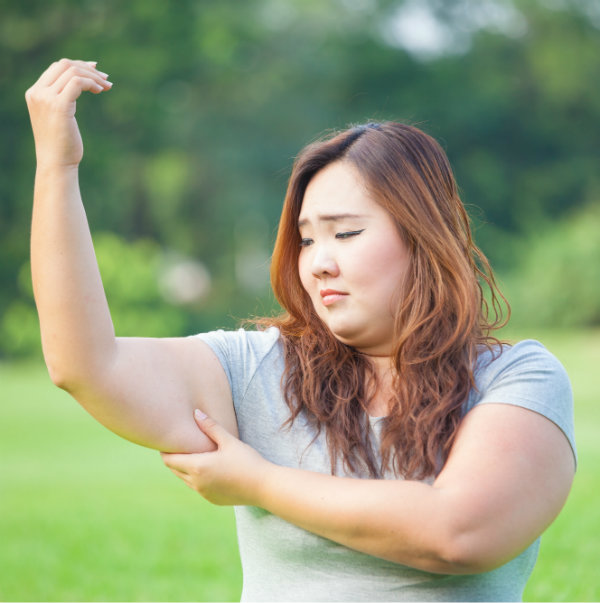What is Brachioplasty?
Hanging, loose, flabby upper arm skin can be improved with brachioplasty, which involves removal of loose, hanging skin and reduction of fat deposits from the upper arm. The excess fat may be removed with liposuction and the excess skin is excised.
Who is a candidate?
A candidate for brachioplasty will typically have excess loose, hanging upper arm skin in the possible presence of excess fat deposits. Brachioplasty should be performed after weight loss.
Consulting with Dr Mezrow:
During the consultation, Dr. Mezrow will ask you about your particular concerns regarding your upper arms. This will help determine your expectations and determine whether they can be realistically achieved.
After obtaining a comprehensive medical and surgical history, Dr. Mezrow will examine your upper arms. The skin tone, degree of loose skin, presence of excess fat will be assessed.



